Phoenicians arrived in Andalucia about 840 BC. They established Cadiz and trading posts on the Mediterranean coast
By Nick Nutter | Updated 6 Mar 2022 | Andalucia | History |
Login to add to YOUR Favourites or Read Later
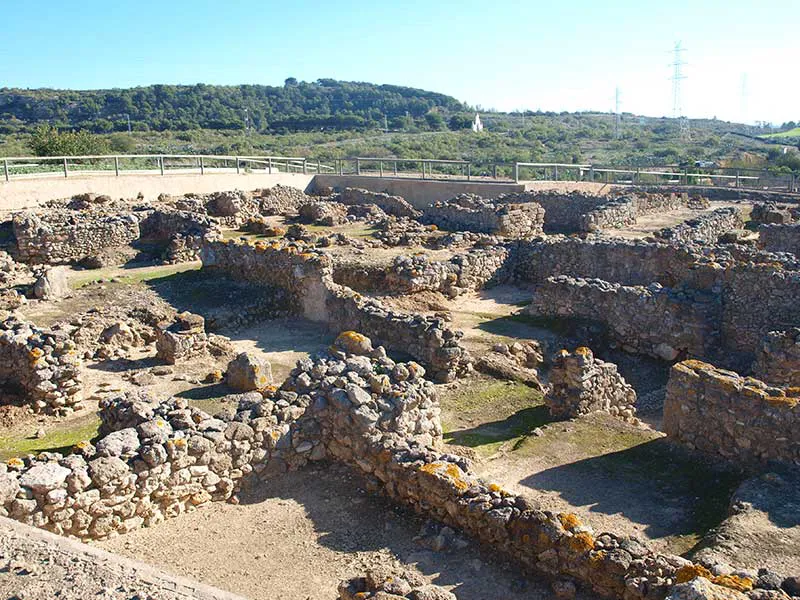
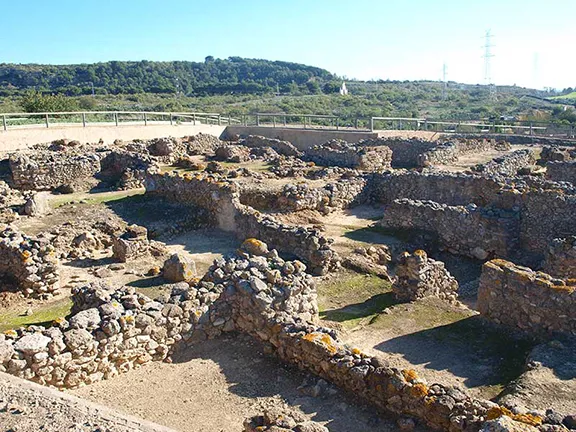
During the 1st millenium BC, traders from the East arrived in Andalucia. Life in Iberia would never be the same again.
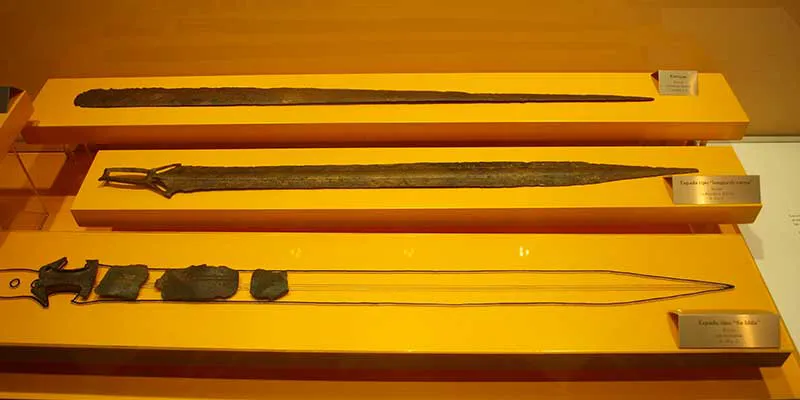
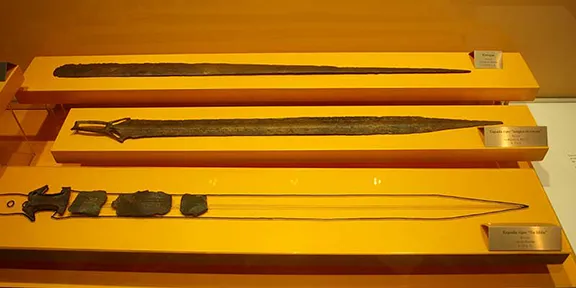
Until about 1200 BC there had been a number of groups of traders who concentrated on the eastern Mediterranean. None had yet managed to penetrate to the west themselves, trade and exchange were via traders who operated within their own fairly restricted orbits. This mechanism of exchange through many hands allowed products from the west to reach the east and vice versa. Then about 1200 BC disaster struck for the growing civilisations in the east. A succession of invasions from the north between 1200 and 1150 BC, possibly sparked off by drought and famine, led to the cultural collapse of the Mycenean kingdom, Hittite Empire and the New Kingdom of Egypt. This is the period when the great cities in the east, such as Troy, were razed.
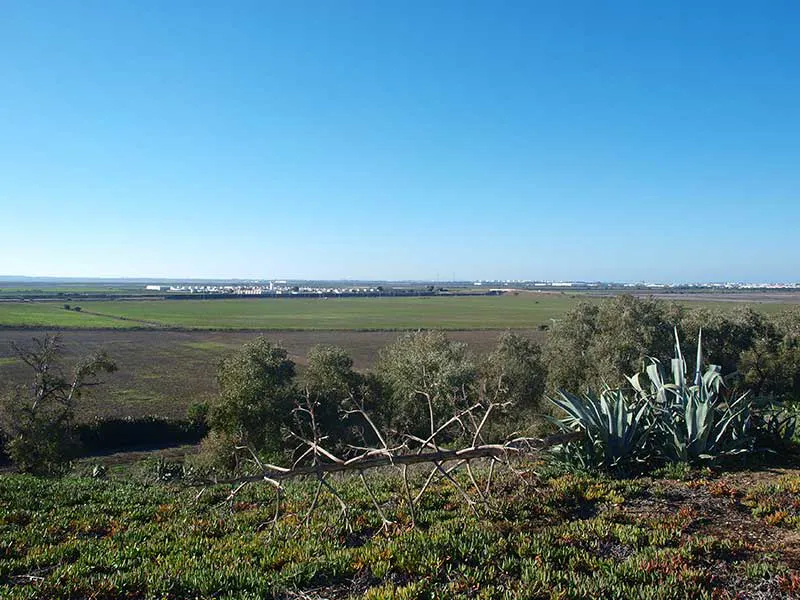
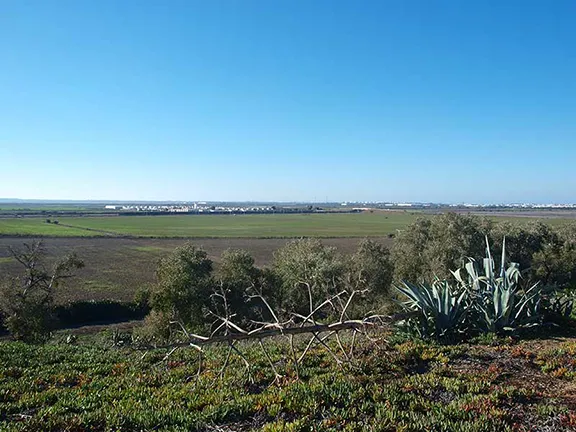
The trading/exchange/tribute economy collapsed and it would be a few years before it rejuvenated itself and when it did there were two main contenders for the trade by sea. Greeks and Phoenicians. Instead of concentrating solely on the eastern Mediterranean both headed to the far west, beyond Sardinia. After a couple of exploratory probes into the area the Phoenicians made a bold move, leapfrogging ahead of any competition. They established their first settlement at Cadiz, this being an ideal place to take advantage of the Atlantic Bronze trade and supply the indigenous population in the interior of the Iberian peninsula.
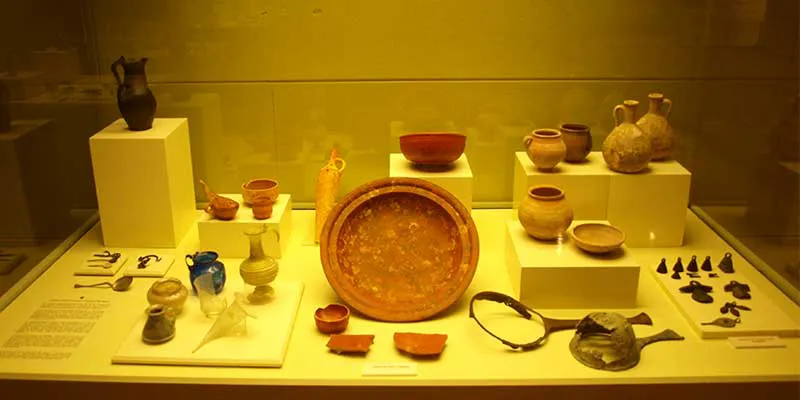
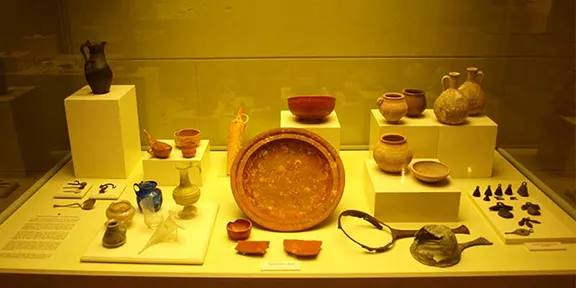
It should not be imagined that Greece and Phoenicians were the only traders in the Mediterranean, nor that all trade was in the hippoi, the Phoenician tramp steamer of the age. From archaeological artefacts and cave paintings found all around the coasts, it seems that anybody with a boat was getting into the act in the island-studded Aegean, Ionian and eastern Adriatic Seas. The Cypriots, Sicilians, Corsicans and Sardinians were all traversing the sea in vessels ranging from canoes to long slim galleys powered by oars, the greyhounds of the coasts. The advantage of the hippoi over all other vessels is that it could carry enough water and food to sustain its crew on a voyage of reasonable length making the traverse of the inhospitable north African coast possible as well as the open water jump from Sardinia to the Balearic Islands and from there to the Iberian coast.
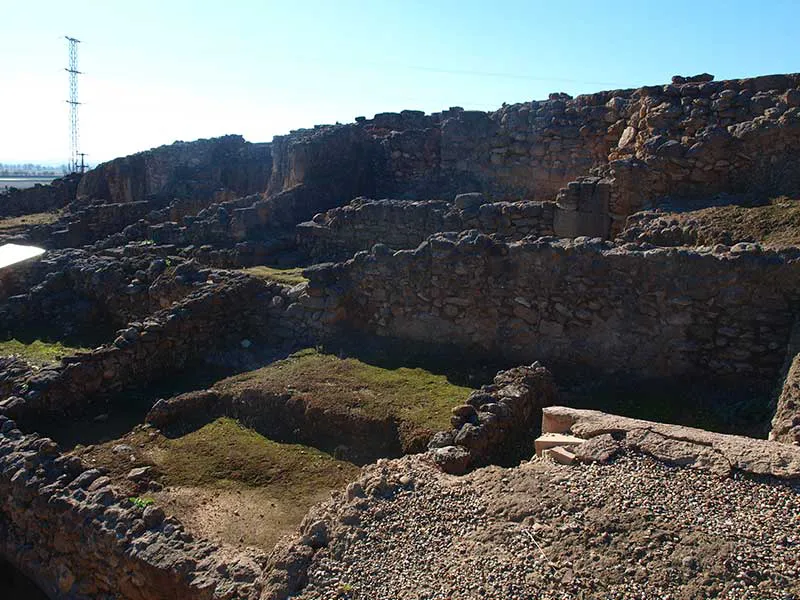
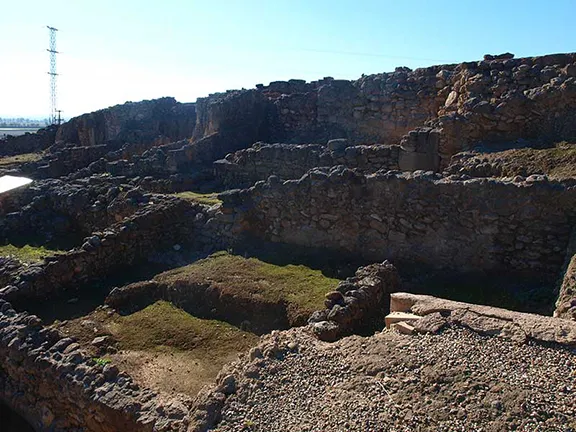
The Phoenician goal was the trading centre of Huelva on the Iberian Atlantic coast, already a hub for the Atlantic Bronze trade operated by an indigenous population that would become known as Tartessians. To exploit Huelva they looked for a location for their settlement and found an island just west of a deep bay that cut deep into the coast just south of Huelva. This fitted the Phoenician conception of what a city should be. They had a strong sense of symmetry, finding comfort in the familiar, and a somewhat different world view to ourselves believing in a cyclical universe where everything had an equal and opposite, life and death being the easiest to explain.
Tyre, their home city, consisted of a built-up island with a port area and a temple to Melqart, their god who protected all men of Tyre, that included a pair of bronze and gold pillars, the pillars of Melqart, facing west out to sea. On the mainland, there was an urban area and behind the town a hinterland of woods and arable land. Incidentally Melqart, or Ba'l Sur, 'Lord of Tyre' is first mentioned during the 9th century BC and seems to have been created specifically to protect the expanding trade network.
The Phoenicians had found their Tyre in the west, they called it Gadir. The two mountains they had passed between to arrive there, Jebel Musa and Gibraltar, they called the 'Pillars of Melqart'. They were later renamed the 'Pillars of Hercules' by the Romans. On an island west of the bay, they built a port and a temple to Melqart that included a pair of bronze pillars facing east towards their home town and in the bay itself they founded their own settlement near an existing settlement occupied by the indigenous people. The settlement is known today as Castillo Doña Blanca, taking its name from a 14th century AD tower on the site. In Phoenician times it would have been considered part of the development of Gadir.
The only way to appreciate Castillo Doña Blanca is to visit the site, a roughly rectangular mound some 340 metres long from east to west and 200 metres wide from north to south and at a height of 31 metres above sea level. In 850 BC the site was unoccupied although indigenous settlements dating back to the 3rd millennium BC were nearby at La Dehesa one kilometre east and on the crest of a hill beneath Sierra San Cristobal 1.5 kilometres to the north east.
When the Phoenicians arrived Castillo Doña Blanca was on the coast on the left-hand bank of the Rio Guadalete, to the east of the mound was the port area and there may have been a second port to the west, now destroyed by quarrying. Looking south and south-west the sea view across the bay would be uninterrupted to the horizon on which was the island of Gadir with its Temple to Melqart. The Guadalete river flowed into the bay from the east and gave access to the interior, rich arable land, whilst a few kilometres north along the coast the indigenous town of Huelva was to provide the Phoenicians with access to the Atlantic Bronze trade. Behind the settlement, to the north, on the side of a peak called Las Cumbries is the necropolis covering about 100 hectares. Unusually for a Phoenician settlement, the necropolis was not separated from the urban area by a body of water such as a river.
Castillo Doña Blanca was founded soon after the foundation of Gadir, about 850 BC, and may have been a deliberate act to imitate the home city of Tyre or because the islands occupied by Gadir itself were too small to accommodate a rapidly growing population and an expanding trading industry. At the moment the favourite theory is that the port of Gadir needed a market centre type location on the mainland that was easy for potential customers to reach from the interior. The important point is that it was founded, built and, certainly for the first few years, occupied exclusively by Phoenicians. This is shown by the presence of distinctive wheel-thrown pottery to the exclusion of all other forms. At the time the settlement was founded the indigenous population only made handcrafted pottery.
Houses in the settlement had several rooms with walls of rubblework and mud-brick covered in a type of plaster. Floors were generally red clay. The roofs consisted of plant material on a timber frame. Most houses had a bread oven. Access to the houses was via narrow, sometimes only one metre wide, streets. Door frames were generally substantial and formed from ashlar blocks. Occasionally a strengthening pillar of ashlar blocks would be built into a mudbrick wall, a technique widely used in the east. Houses on the north side were terraced into the hill. The whole was surrounded by a 3 metres wide fortified wall. Outside part of the wall was a 20 metres wide moat.
Castillo Doña Blanca was occupied right through the Phoenician period in Andalucia, until the end of the 3rd century BC when it was abandoned, probably due to a Roman presence at Gadir. During its four hundred year history the town as it became encouraged the growth of the nearby, by now legitimately named, Tartessian towns the occupants of whom provided the vital link between the market on the coast and the population far inland. It also proved a useful link in the chain that fed bronze items from the Atlantic trade and local produce, olive oil, wine, garum as well as silver and copper into a network of trading centres established after Castillo Doña Blanca along the southern coast of Andalucia.
The period roughly 850 BC to 250 BC is sometimes known as the orientalizing period implying that primitive native tribes embraced the architecture and standards of living, including ceramics, jewellery, clothing, beliefs and weapons of the more advanced civilisations from the east. This concept is now being challenged. The native population had as much to offer the east as vice versa.